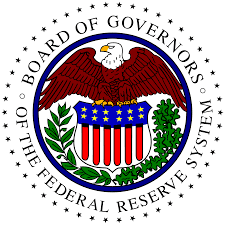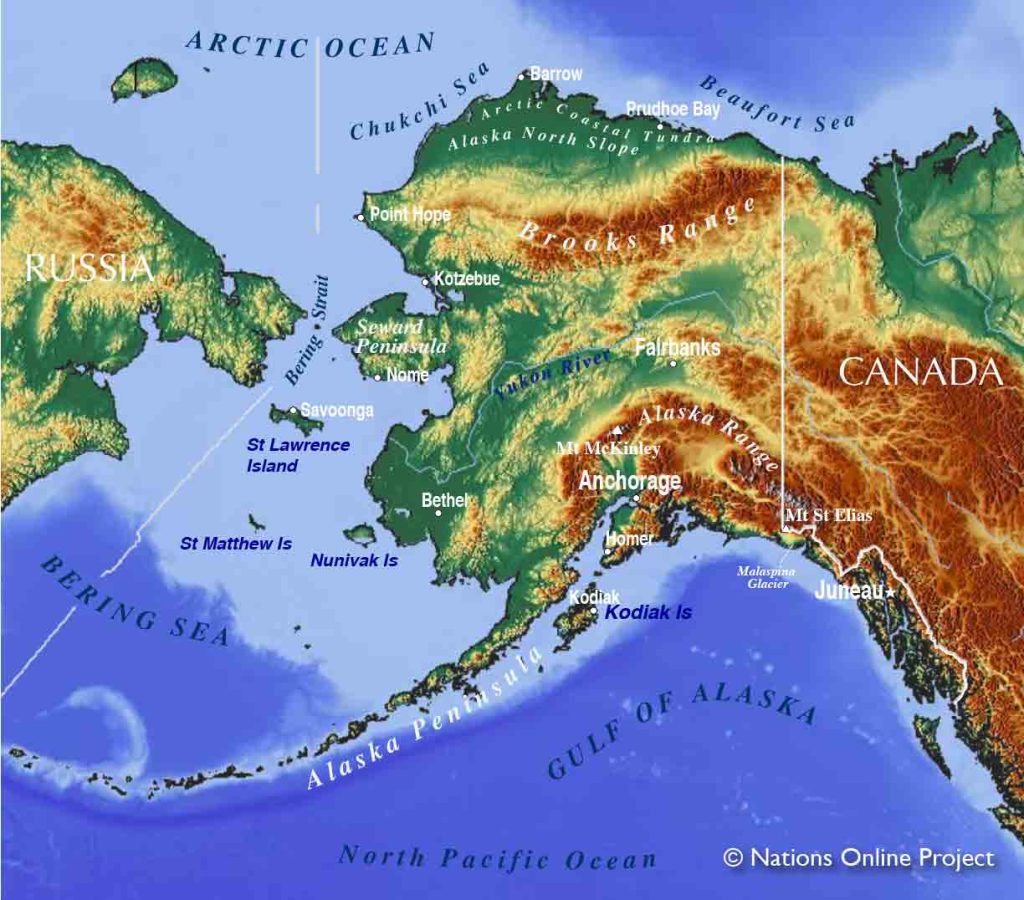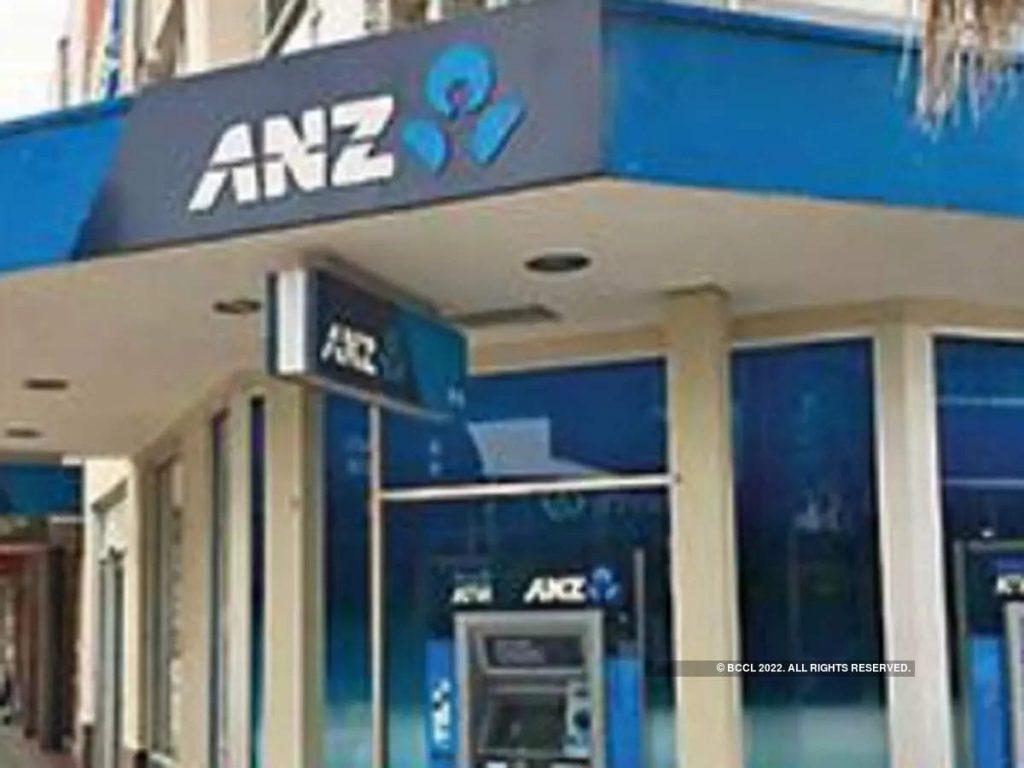Last Updated on June 21, 2025 by admin
In the early years of American history, the banking system was quite rudimentary and fragmented. The fledgling nation’s financial landscape consisted of a mix of state-charted banks and private banking institutions.
Following independence, there was a pressing need to create a consistent financial structure to support the nation’s economic activities. However, political differences on how this system should be developed created a partisan divide.
Many figures, including Alexander Hamilton, the first Secretary of the Treasury, advocated for the establishment of a national bank to stabilize and standardize the American currency, control credit, and manage government funds.
This led to the creation of the First Bank of the United States in 1791, which held a twenty-year charter. It functioned as the federal government’s fiscal agent but was met with opposition from those who feared federal overreach and the concentration of financial power, primarily from the agrarian South and figures such as Thomas Jefferson.
When its charter expired in 1811, the bank was not renewed amid intense political discord. Subsequently, attempts to regulate the banking system continued, leading to the establishment of the Second Bank of the United States in 1816.
However, similar to its predecessor, it faced criticism and eventually saw its charter expire in 1836, leaving the nation without a strong central banking system until the formation of the Federal Reserve in 1913.
You can also read: History and origin of Banking in Nigeria
The Need For A Central Bank
The need for a central bank in the United States emerged from a combination of financial instability, economic growth, and the challenges posed by a rapidly industrializing economy.
During the late 19th and early 20th centuries, the U.S. economy experienced several banking crises, the most notable being the Panic of 1907. These crises exposed the vulnerabilities in the banking system, as banks were unable to provide sufficient liquidity and stability, leading to widespread financial panic and economic turmoil.
The decentralized nature of the banking system at that time, with each state having its own set of regulations and no central authority to provide oversight or emergency support, exacerbated these issues.
As the economy expanded, there became a clear need for a centralized financial institution that could manage monetary policy and provide stability. The ability to control money supply and act as a lender of last resort was seen as crucial for smoothing out the booms and busts of economic cycles.
The need for a central bank was also driven by the desire to modernize the financial system in alignment with other major industrialized nations that had already established central banking institutions.
The absence of such an institution was increasingly viewed as a hindrance to both domestic economic stability and the international competitiveness of the United States.
Read: The Origin and History of Banking- Evolution of Bank in the world
The Establishment Of The Federal Reserve System
The establishment of the Federal Reserve System in the United States was a pivotal moment in the nation’s financial history, aimed at creating a more stable and secure monetary and banking framework.
Spearheaded by the Federal Reserve Act, enacted on December 23, 1913, the system was conceived in response to a series of financial panics, notably the Panic of 1907, which highlighted the need for a central control of the monetary system to avoid the recurring banking crises.
The discussion for reform was championed by key figures such as Senator Nelson Aldrich and influential banker Paul Warburg, who advocated for a centralized banking system that could provide elasticity to the country’s money supply.
The Federal Reserve System was designed as a decentralized central bank, consisting of twelve regional Reserve Banks and a central governing Board, thus balancing public and private interests and ensuring regional representation. This structure was intended to prevent the concentration of financial power in a single institution.
The primary objectives of the Federal Reserve included managing the country’s credit conditions, overseeing and regulating banks to ensure sound banking practices, and furnishing an elastic currency.
Over time, the Federal Reserve evolved to take on additional roles, such as maximizing employment and stabilizing prices, but its initial establishment laid the groundwork for a more resilient and responsive banking system in the United States.
Read: History of Central Bank of Nigeria :Function and List of CBN Governors since 1958
Structure And Organization Of The Federal Reserve
The Federal Reserve System, often referred to as the Fed, is the central banking system of the United States and plays a crucial role in the nation’s economy.
Its structure and organization reflect both public and private elements and are designed to balance regional and national interests. The Fed consists of three key entities: the Board of Governors, the Federal Reserve Banks, and the Federal Open Market Committee (FOMC).
The Board of Governors, located in Washington, D.C., is the guiding body of the Federal Reserve System. It is composed of seven members who are appointed by the President of the United States and confirmed by the Senate. These members serve staggered fourteen-year terms to ensure stability and continuity over time. The Board is responsible for overseeing the Federal Reserve Banks and ensuring that policies enacted align with national economic goals.
Twelve regional Federal Reserve Banks, strategically spread across the country, act as the operating arms of the Federal Reserve System. These banks implement monetary policy, provide financial services to depository institutions and the federal government, and supervise and regulate member banks within their districts. Each Reserve Bank is independently incorporated with its own board of directors.
The FOMC, consisting of the Board of Governors and five Reserve Bank presidents, formulates national monetary policy. It holds eight regular meetings per year to assess economic conditions and set target interest rates to foster maximum employment and stable prices. Through this decentralized yet coordinated structure, the Federal Reserve aims to manage the United States’ money supply, control inflation, and stabilize the financial system.
Read; History and Origin of Bank of England
Key Functions And Responsibilities Of The Federal Reserve
The Federal Reserve, often referred to as the Fed, performs a variety of crucial functions and responsibilities that are vital for the stability and efficiency of the United States’ financial system.
One of its primary roles is to conduct monetary policy by influencing money and credit conditions in the economy, which ultimately helps to achieve the dual mandate of promoting maximum employment and ensuring stable prices.
The Federal Reserve accomplishes this primarily through the manipulation of interest rates and controlling the money supply. It is also responsible for supervising and regulating banks and other important financial institutions to ensure the safety and soundness of the nation’s banking and financial system.
The Fed works toward facilitating a stable financial environment and encourages wide consumer confidence in the economy.
In addition to these functions, the Federal Reserve plays a key role in maintaining financial system stability and containing systemic risks that may arise in financial markets.
Moreover, the Fed provides numerous financial services, including playing a critical role as the banker for the U.S. government, and offers services such as payment system operations, check clearing, and electronic funds transfers. The Federal Reserve’s responsibilities expand to fostering the integrity, efficiency, and accessibility of the nation’s payments infrastructure to support the broader U.S. economy.
Through these varied responsibilities, the Federal Reserve seeks to maintain the health of the U.S. economy and to protect the interests of the nation’s consumers.
Also read: what is the role of banking in the Nigeria’s economy
Evolution And Impact Of The Federal Reserve Over Time
The Federal Reserve, established in 1913, has undergone significant evolution and has had a profound impact on the United States economy over time. Initially created in response to financial instability and frequent banking panics, its primary objective was to provide the country with a safer and more flexible monetary and financial system.
Throughout the years, the Federal Reserve has adapted its role to meet the changing economic challenges.
During the Great Depression of the 1930s, it expanded its monetary policy tools to help stabilize the economy. The Fed’s influence grew further during World War II as it helped finance military expenditures while managing inflation.
Post-war periods saw the Federal Reserve focusing on controlling inflation and managing unemployment, navigating through turbulent times like the oil shocks of the 1970s and the economic expansion of the 1980s.
The Federal Reserve’s global impact became particularly evident during the 2008 financial crisis, when it implemented unprecedented measures such as quantitative easing to stabilize turmoil in financial markets and revive the economy. Its actions have reinforced its role as a key player in global financial stability.
Today, the Federal Reserve remains integral to economic policy, influencing interest rates, managing inflation, and ensuring the stability of the financial system, with a focus on sustaining economic growth and maintaining employment levels.



















